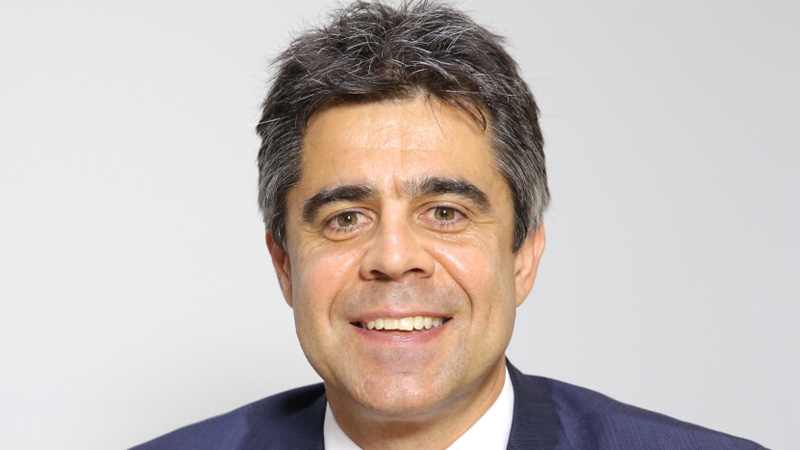Issues on the horizon for related party loans
The ATO has been urged to consider introducing transitional measures for those currently receiving loan relief for related-party loans to make it easier for them to transition back to the safe harbour terms.
SMSF Association deputy chief executive Peter Burgess said that the ATO has previously confirmed that where a related party offers an SMSF loan relief as a result of COVID-19, there will be no breach of section 109 or non-arm’s length income issues, provided that certain conditions are met.
In order for there to be no breach of section 109, the repayment relief must reflect similar terms to what commercial banks are currently offering for real estate loans as a result of COVID-19. The parties also need to have documented the changes to the loan agreement and the reasons for the change.
There also needs to be evidence that interest continues to accrue and is capitalised on the loan, and trustees are required to catch up any outstanding principal and interest repayments as soon as possible, Mr Burgess said at the SMSF Association Technical Day.
The requirement to repay any catch-up payments as soon as possible, he said, will create some issues for SMSFs with these types of loans when the commercial banks roll back their loan payment relief.
“Banks are scheduled to cease offering loan payment relief on 27 September. [However,] there is a four-month extension for those individuals who apply for that,” he noted.
“Where things become particularly interesting for SMSFs that have related party loans, is once we come out of that period.”
When that happens, Mr Burgess explained that SMSFs with related-party loans will then need to rely on the loan meeting the safe harbour parameters again or showing that it’s commercial in some other way.
“If they are going to rely on the safe harbour parameters, then there are some issues that they need to consider,” he said. “There may be clients who, during the time the loan relief provisions were available, capitalised the interest on the loan.
“Once we move back to the safe harbour parameters, of course, we have to comply with the 15-year maximum term, so we’re not able to increase the term of the loan, even though the principal of the loan has now increased.
“What that means is that we’re going to have to adjust the loan repayments. We are going to have to increase those loan repayments in order to comply with the safe harbour parameters.”
As a result, Mr Burgess said the ATO may be required to update their safe harbour guidelines to “make it easier for SMSFs to transition back to safe harbour parameters”.

Miranda Brownlee
Miranda Brownlee is the deputy editor of SMSF Adviser, which is the leading source of news, strategy and educational content for professionals working in the SMSF sector.
Since joining the team in 2014, Miranda has been responsible for breaking some of the biggest superannuation stories in Australia, and has reported extensively on technical strategy and legislative updates.
Miranda also has broad business and financial services reporting experience, having written for titles including Investor Daily, ifa and Accountants Daily.








